In art history terms, the word “lost” has a multiplicity of meanings. It could mean literally lost, as in works hidden during the Second World War and never recovered, or recovered by pure chance (as in a lovely Masaccio that had been hidden among a stack of empty frames in the basement of an Italian church). It could mean a work that was stolen and, like those literally lost, could be found again. But it also is something of a euphemism for works that we know were destroyed, either intentionally or inadvertently. For most pre-Modern artists, we know of far more works than are actually extant, their location known. In many cases, some two-thirds of the total oeuvre of renowned artists is considered lost, and only one-third extant. An awareness of just how much is lost is a poignant reminder of the value of the smaller percentage that still exists, that can be visited, and that must be protected and preserved.
When we study the history of art, we almost exclusively study extant works. It is simply easier, because we can see and visit them in person. But this means that we are learning from only a portion of the total number of masterpieces that the world, at one point, knew. I have often thought that one might create a virtual Museum of Lost Art, with exhibits reproducing, detailing, and explicating the missing two-thirds as best we can. What would it show? There are works lost in the 20th century that are known from photographs. Descriptions of famous lost works of the past may be found in written sources, like Giorgio Vasari’s Lives of the Most Eminent Painters, Sculptors, and Architects (1550), or known by copies, as in Rubens’ copy of Leonardo’s lost Battle of Anghiari.
In partnership with Artfinder, I have embarked on a project to look at famous lost works, remembering and investigating significant pieces, underlining the ever-appealing nature of art, which we should work hard to protect. Herewith is a list of ten important lost works that, alas, we believe to have been destroyed, and therefore lost to us forever.
- Dr Noah Charney
1. Athena Parthenos
Valued at £100,000,000
The centrepiece of the Parthenon in Athens was once a colossal statue of the goddess Athena. It was made of gold and ivory, sculpted by Phidias and his studio (circa 447 BC), and was the leading cultic statue of ancient Athens. We know of it based on a description by the historian, Pausanias, as well as reproductions of it on coins, in votive miniatures, and even engraved into precious stones. She stood erect, wore a Sphinx on her helmet, carried a statue of the goddess of victory, Nike, in her right hand, and supported a shield in her left. In 296 BC Lachares stripped the statue of its gold in order to pay his mutinous troops, and the gold was replaced with gilded bronze. A fire in 165 BC damaged the statue badly, but it was restored. It was not until the 5th century AD that the statue was removed and disappeared. It was mentioned as being in Constantinople in the 10th century, but it has not been seen since.
2. Lysippus’ Hercules
Valued at £50,000,000
A great number of colossal gilded bronze statues from the ancient world have been lost, largely melted down to reuse the bronze. The colossal statue of Nero that gives the Colosseum in Rome its name, and the Colossus of Rhodes that stood astride the harbour and allowed boats to pass between its legs are two famous examples. But a seated sculpture of Hercules by Lysippus, that once decorated the acropolis at Tarentum was looted by the Roman general Fabius Maximus in 209 BC and placed upon the Capitoline Hill as a trophy of war. It was later moved to Constantinople, a treasure-house of looted art, where it decorated the Hippodrome. But the marauding knights of the Fourth Crusade sacked Constantlinople of its art (looting much of what had been looted by the Byzantines), and it was melted down in 1204.
3. Leonardo’s Sforza Horse
Valued at £40,000,000
Though never completed, Leonardo intended to create the largest bronze sculpture since ancient times to decorate the Sforza Castle in Milan. He designed an elaborate method for casting the bronze of a huge, free-standing horse, and he got to the point of creating a full-sized terracotta model. But just before he could begin the casting process, Milan was over-run by French troops and Leonardo had to leave the city. The French used the enormous terracotta horse as a target for their archers. It was destroyed and Leonardo never resumed the project.
4. Giorgione & Titian’s Frescoes on the Fondaco dei Tedeschi in Venice
Valued at £100,000,000
While still students of Giovanni Bellini in Venice, Giorgione and Titian worked to decorate the Fondaco dei Tedeschi, a sort of merchant’s union for Germanic businessmen working in the city, in an elaborate fresco cycle. But as you might imagine, frescoes do not last long in Venice, for the city is too humid to support them, particularly on the exterior of buildings, as these were. For less than a century they shone on the Fondaco, but a few decades after they were painted, they already showed signs of deterioration, and whatever wonders they held were short-lived.
5. The Amber Room
Valued at £150,000,000
An entire room in the Catherine Palace near St. Petersburg was decorated in costly amber panels backed with gold leaf and mirrors. Built between 1701-1711 and called “the Eighth Wonder of the World,” this was designed by the German sculptor Andreas Schluter and carried out by a Danish amber specialist, Gottfried Wolfram, on behalf of Prussian king Friedrich Wilhelm I, who gifted it to the Russian tsar, Peter the Great. The room was some 55 square meters and contained six tons of amber. It was looted by the Nazis during the Second World War and brought to Konigsberg, at which point it disappeared, and has never been seen since. The room has since been reconstructed based on descriptions and illustrations of it.
6. Henry Moore’s Reclining Nude
Valued at £10,000,000
Stolen from the Henry Moore Estate in 2005 after having returned from a loan exhibition, this stout 2-ton abstract bronze sculpture was almost certainly cut into pieces, melted, and sold for its raw material value of around 2000 pounds, while it was insured for 2 million. To the thieves, it looked merely like a big lump of bronze, the price of which had quadrupled in the six months previous to the theft due to world mining shortages.
7. Caravaggio’s Palermo Nativity
Valued at £50,000,000
Stolen by the Cosa Nostra in 1969 from the church of San Lorenzo, in Palermo, Sicily, this theft prompted the establishment of the world’s first dedicated art police force, the Carabinieri Division for the Protection of Cultural Heritage. The reason for its theft is unknown, as is its current location. Journalist Peter Watson went undercover in a sting operation run by the Carabinieri, posing as a collector interested in stolen art. It was clear to him that Cosa Nostra had the Caravaggio, but he was never offered it—instead he was offered a stolen Bronzino and Andrea del Sarto, both of which he recovered. The Palermo Nativity might be still out there, but a mafia informant stated on trial that it had been damaged in an earthquake and subsequently fed to pigs, in order to destroy the evidence.
8. Caravaggio’s Portrait of a Lady
Valued at £40,000,000
Too many wonderful works were destroyed during the bombings of the Second World War, including this rare work by Caravaggio, which was housed in the Friedrichshain Flakturm and lost in the 1945 liberation of Berlin. Only about one-third of Caravaggio’s known oeuvre is extant—the rest is lost and, one hopes, might one day be found again. Perhaps a work like this escaped the firebombs and chaos of the fall of Berlin, but there is little room to hope.

8. Rogier van der Weyden’s Justice of Trajan and Justice of Herkenbald
9. Rogier van der Weyden’s Justice of Trajan and Justice of Herkenbald
Valued at £80,000,000
During his life, the masterpiece of Rogier van der Weyden was not his Deposition, on view a the Museo del Prado and featured in every art history textbook, but a four-panel sequence of paintings, made between 1439-1450, that decorated the Golden Chamber of the Brussels Town Hall. Depicting historical figures renowned for their just and merciful decisions, the scenes were there to inspire a similar moral code in the politicians of the city. Alas, the bombardment of Brussels by hostile French fources in 1695 resulted in the complete destruction of the Golden Chamber and its contents. We know of this cycle thanks to effusive praise by Vasari and Albrecht Durer, among others, as well as copies of the works in tapestry, paintings, and drawings.
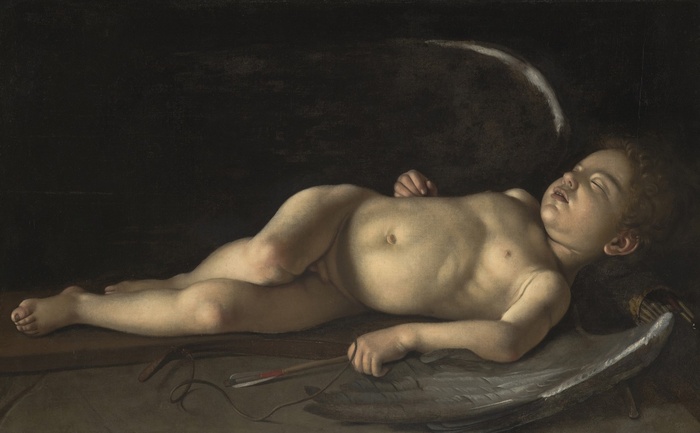
10. Michelangelo’s Sleeping Eros
10. Michelangelo’s Sleeping Eros
Valued at £30,000,000
Before Michelangelo was the world’s most famous sculptor, he was a 19-year-old apprentice hoping to make a career for himself in Renaissance Florence. During this period, an original sculptor by some kid named Michelangelo Buonarotti was worth a good deal less than an ancient Roman sculpture whose authorship was unknown. An unscrupulous art dealer convinced Michelangelo to create forgeries of ancient Roman sculptures, including a Sleeping Eros (whereabouts unknown), that the dealer intentionally broke and buried in his garden, so that he could dig it up and pass it off as a Roman antique.
Many thanks to Coram James, a leading Independent firm of Art and Antique Valuers, providing valuations for insurance and legal purposes. www.coramjames.com
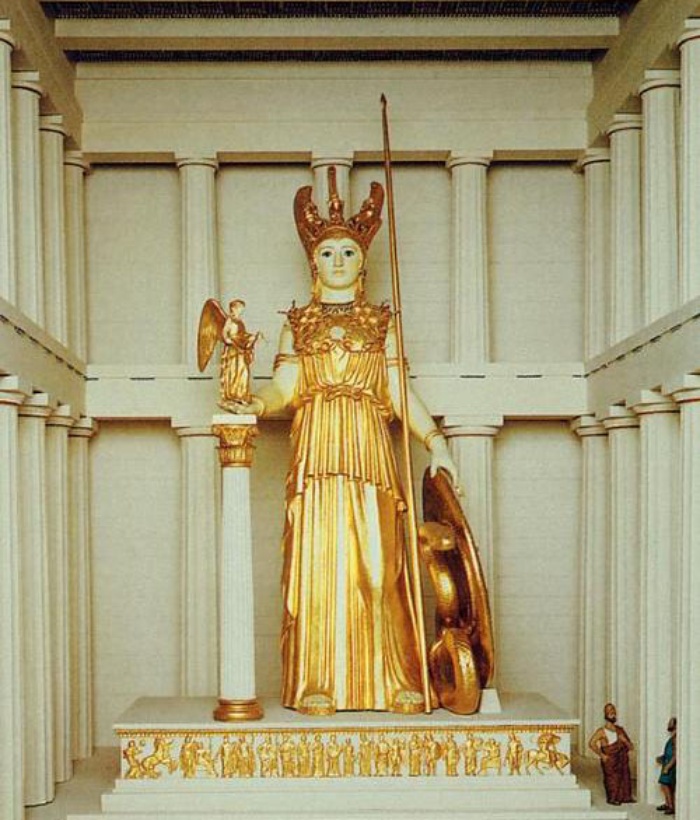
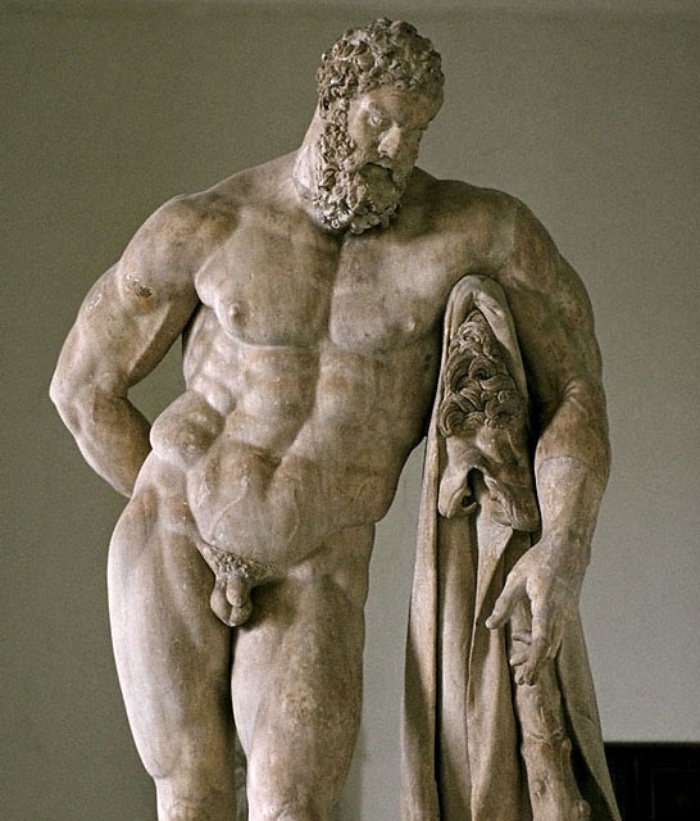
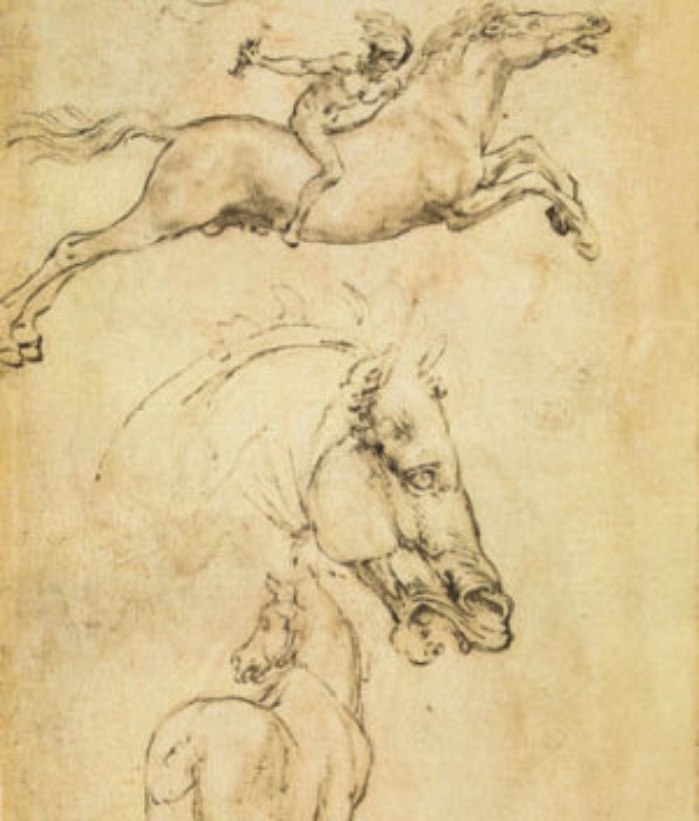
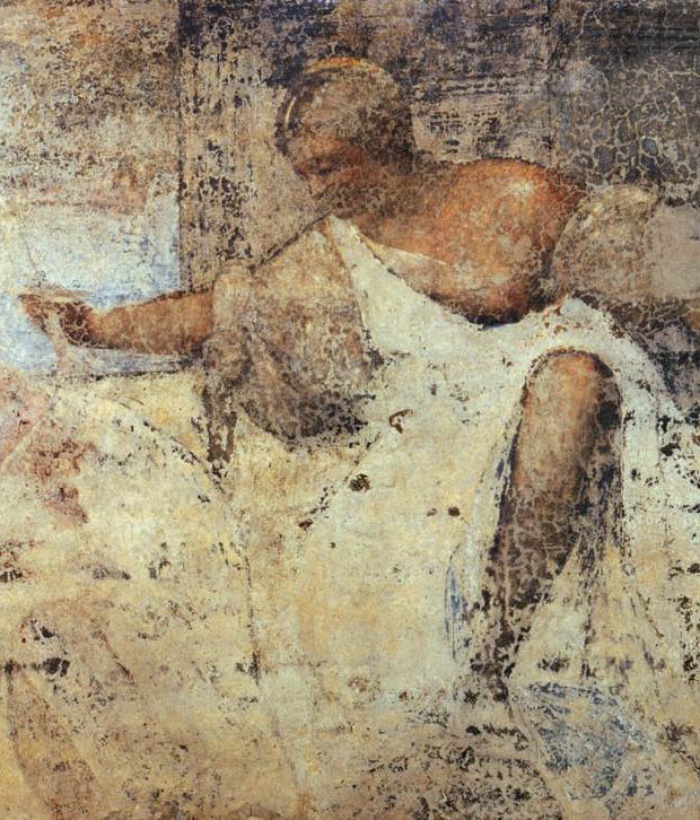

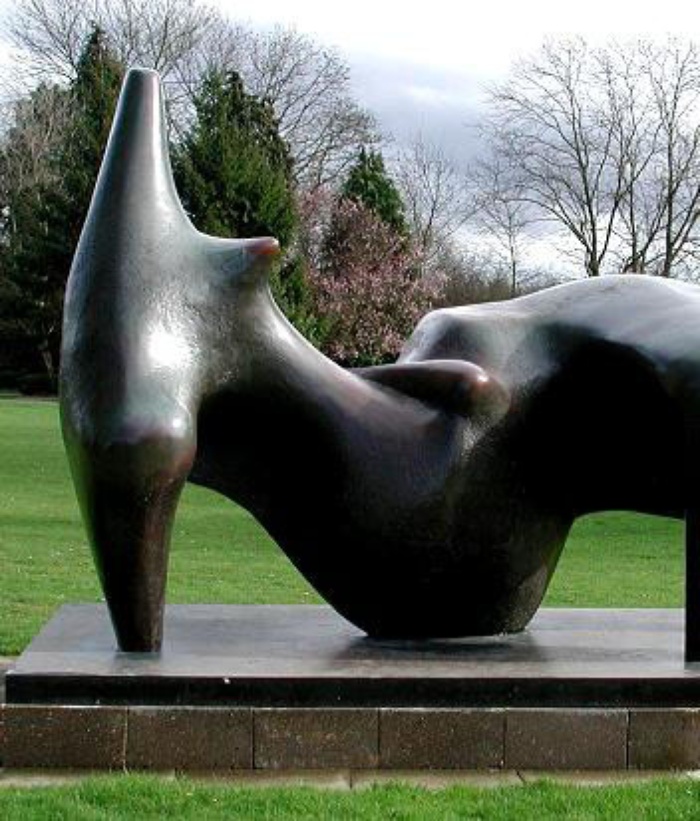


No comments:
Post a Comment